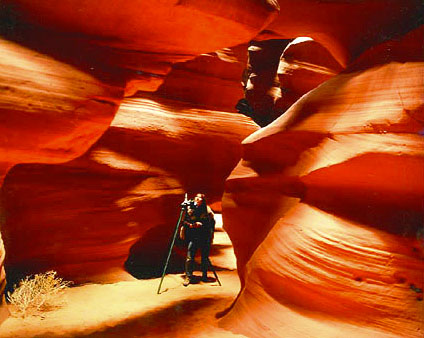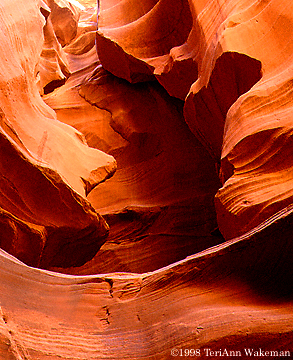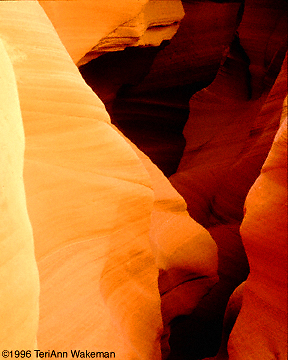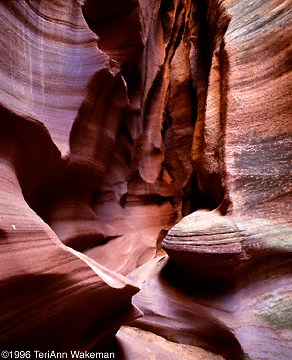nwoods
Expedition Leader
Okay, so at the end of March I am taking a nice little venture into Southern Utah and I am going to be exploring a few slot canyons and Anasazi ruins and so forth. I have always wanted a shot like this in my portfolio:
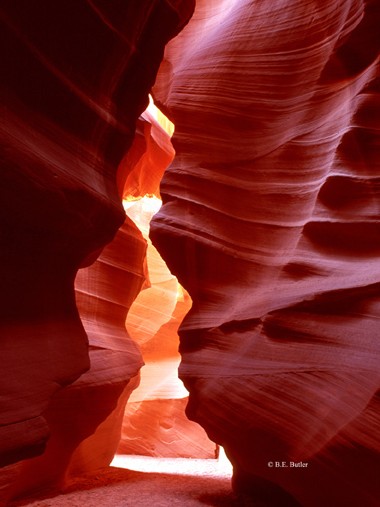
I have looked at a LOT of slot canyon photos, and have tried to compose them in my mind and sample the camera settings that would get the best results. Frankly, it seems to be a very illusive skill. Most of the images I have found are very flat, stark, underlit or overly blown out. Clearly this is a hard subject to shoot properly.
So how would you do it?
I welcome any thoughts, advice, examples and suggestions. I will have the following camera, lenses and tools:
Canon 20D body
- Canon EF 70-200mm F2.8 L
- Canon EF-S 10-22mm f/3.5-4.5 ultrawide
- Canon EF 16-35mm f/2.8 L mkII
- sturdy tripod
- possibly a Canon EF 15mm f/2.8 Fisheye rental lens
- WindowsXP laptop with Photoshop CS3
How do you avoid something like these?:
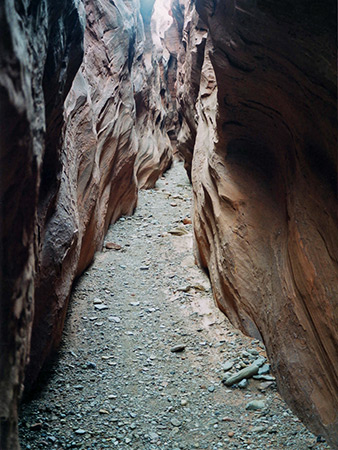
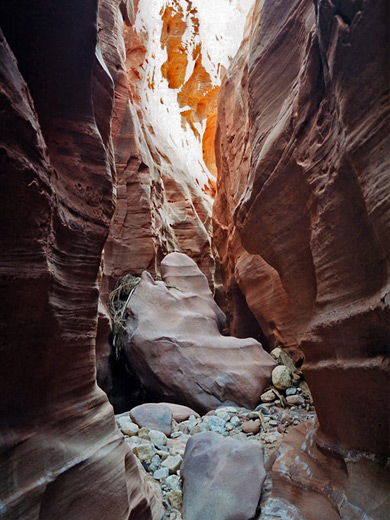
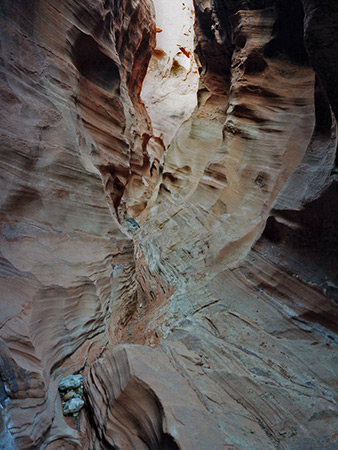
And get more like these:

or these: http://www.jameskay.com/canyoneering_and_hiking/climb.htm

I have looked at a LOT of slot canyon photos, and have tried to compose them in my mind and sample the camera settings that would get the best results. Frankly, it seems to be a very illusive skill. Most of the images I have found are very flat, stark, underlit or overly blown out. Clearly this is a hard subject to shoot properly.
So how would you do it?
I welcome any thoughts, advice, examples and suggestions. I will have the following camera, lenses and tools:
Canon 20D body
- Canon EF 70-200mm F2.8 L
- Canon EF-S 10-22mm f/3.5-4.5 ultrawide
- Canon EF 16-35mm f/2.8 L mkII
- sturdy tripod
- possibly a Canon EF 15mm f/2.8 Fisheye rental lens
- WindowsXP laptop with Photoshop CS3
How do you avoid something like these?:



And get more like these:

or these: http://www.jameskay.com/canyoneering_and_hiking/climb.htm
Last edited:

